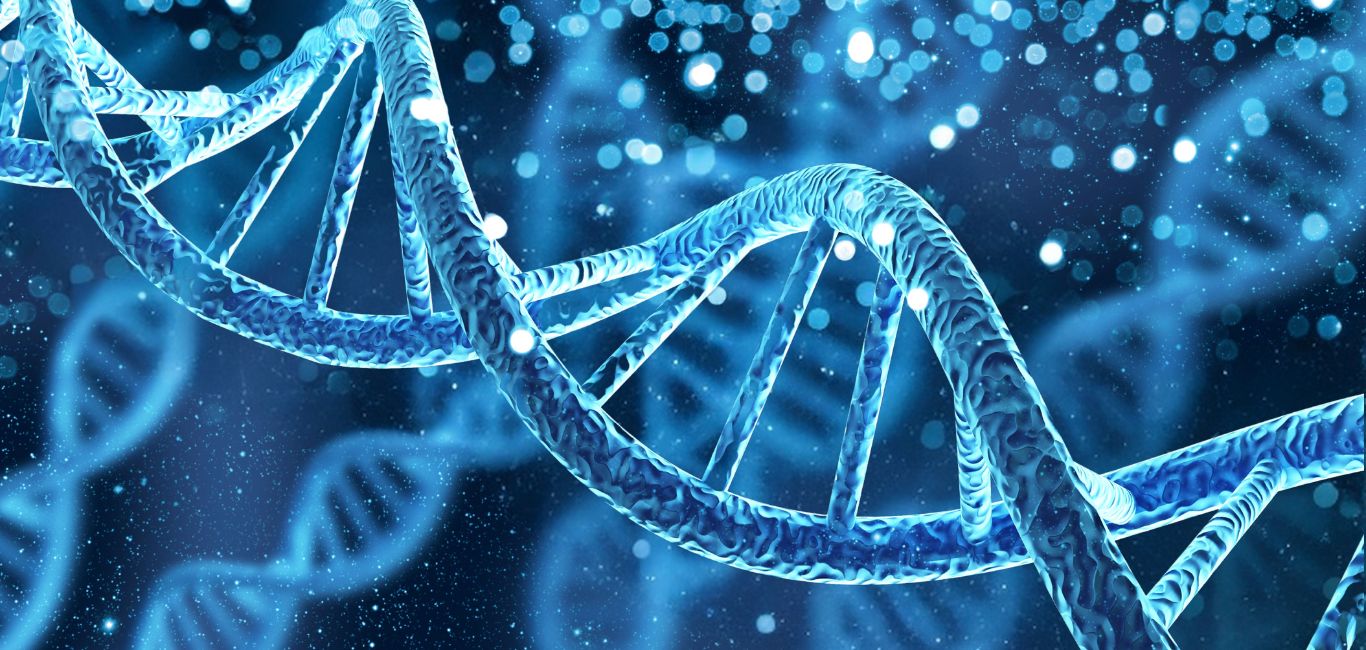
If we are to consider the cell as the fundamental building block of life, it becomes imperative to study the cell to truly understand what happens when things go wrong in the body.
For instance, each person’s journey with cancer can be highly unique, even if he or she has the same type of cancer. The key to unravelling the mysteries of why people respond differently to cancer treatments may lie in the variability of cells within a tumour.
To comprehend this diversity, scientists need to delve into a single cell at a time, scrutinising their genes and functions, meticulously mapping out their distinctions as well as their interactions to neighbouring cells.
Single-cell genomics, a relatively new field of study, allows scientists to do just that. It helps us understand a condition right down to its most basic unit and holds the potential to revolutionise the development of future treatments, ushering in an era of highly personalised medicine.
Cracking the cancer code
Up until now a tumour has been studied using bulk DNA or RNA technologies. And this was done by collecting genetic information of all the cells present in the tumour. While this bulk sequencing has been helpful, it does not account for the variability that can occur within a tumour.
This is where single-cell genomics has been helpful in providing a detailed and nuanced picture of what lies in a tumour.
Dr Sabarinathan Radhakrishnan from the National Centre for Biological Sciences uses single-cell genomic data to study cells of a tumour and how they interact with their surroundings. “Single cell genomics helps [us] to better understand the heterogeneity among the tumour cells,” he says.
Heterogeneity here means that cells within a tumour can be different from each other. This can be due to several factors, including different mutations in the cancer cells, different levels of gene expression, and different microenvironments within the tumour.
In simple terms, it means that cancer cells are not all the same and this is what makes it difficult to treat the condition, as different cancer cells may respond to treatment differently.
“For instance, if a patient with high intra tumoural heterogeneity is treated with chemotherapy or immunotherapy, there will be a few cells which may not respond and there is a potential for it to come back as a recurrence,” says Dr Radhakrishnan.
Hopefully, single cell genomics will help to identify those cells and study them further to understand the mechanisms of resistance adds Radhakrishnan.
Infections and immunity
But it is not just cancer that this data can be helpful for. The immune system is highly variable too, containing different cells that protect the body from infections.
To study this, Dr Partha Pratim Majumder, a distinguished professor at John C Martin Centre for Liver Research & Innovations in West Bengal, is working on several projects to uncover cellular heterogeneity within the Asian population.
One of his projects looks at circulating immune cells in the body to study how much variability exists within them. This becomes especially important when trying to study infectious ailments like COVID-19.
“We are looking at our immune cells because they are very important in the human body as they protect us from different kinds of pathogens and infectious diseases” says Dr Majumder. “It [single- cell genomics] helps explain certain features such as why among the many people who are exposed to a virus only some exhibit clinical symptoms and why some individuals have a more severe form of disease among those with clinical symptoms,” says Majumder.
Building cellular maps
Dr Majumder is a member of an international collaborative effort called The Human Cell Atlas (HCA) that aims to create a comprehensive and detailed map or atlas of all the cell types in the human body. The goal is to understand the cellular basis of health and ailments by characterising the diversity of cells, their properties, and their functions.
“This (building of cellular maps) has been made possible by recent advances in technology, combining single cell and spatial genomics with major computing technology and artificial intelligence,” says Dr Sarah Teichmann, co-founder and principal leader of the HCA.
She explains that these maps can be used as a guidebook to understand how cells come together to form tissues and organs and how they ‘talk’ to each other. They could also act as a reference for us to understand what goes wrong during an ailment, leading to the development of new diagnostics or therapeutics.
It is an uphill task as the body is roughly made up of 37 trillion cells and it is still not known what all the cell types are and what they do. But this does not mean that technology cannot start solving problems that we see today.
Dr Teichmann highlights how such cellular data helped lung researchers during the COVID-19 pandemic. The data they produced using single-cell sequencing on immune responses during a COVID infection shed light on how the virus transmits and its biology, helping inform public health policy.
“They have discovered specific cells in the nose, eye and salivary glands that contain receptors for SARS-CoV-2 that act as viral entry points to the body,” said Dr Teichmann.
Unlocking a future of possibilities
Dr Majumdar believes that single-cell genomic studies are needed to answer basic questions of why certain individuals respond differently to a treatment, or why some are more prone to a certain kind of infection than others.
For Dr Teichmann, the most interesting use could be to measure and locate gene activity in any tissue sample, something that requires a combination of single-cell genomics and spatial transcriptomics – a technique to measure all the gene activity in a tissue sample and map where the activity is occurring.
“When used together with single-cell studies, spatial transcriptomics allows us to pinpoint cell types in tissues to understand tissue anatomy in great detail,” says Dr Teichmann. This is important as the same type of cells located in different parts of a tissue have been seen to express certain genes differently.
These changes can result in different functioning or metabolism of the cell, and such data is becoming increasingly important when trying to find and test new drugs, develop accurate diagnostics and understand disease pathology.
Head to the links to see how single cell genomics is being used to unlock mysteries of inflammatory skin disease, profiling new cell types in the heart, and offering insights into the cells associated with resistance to common cancer therapy.

















